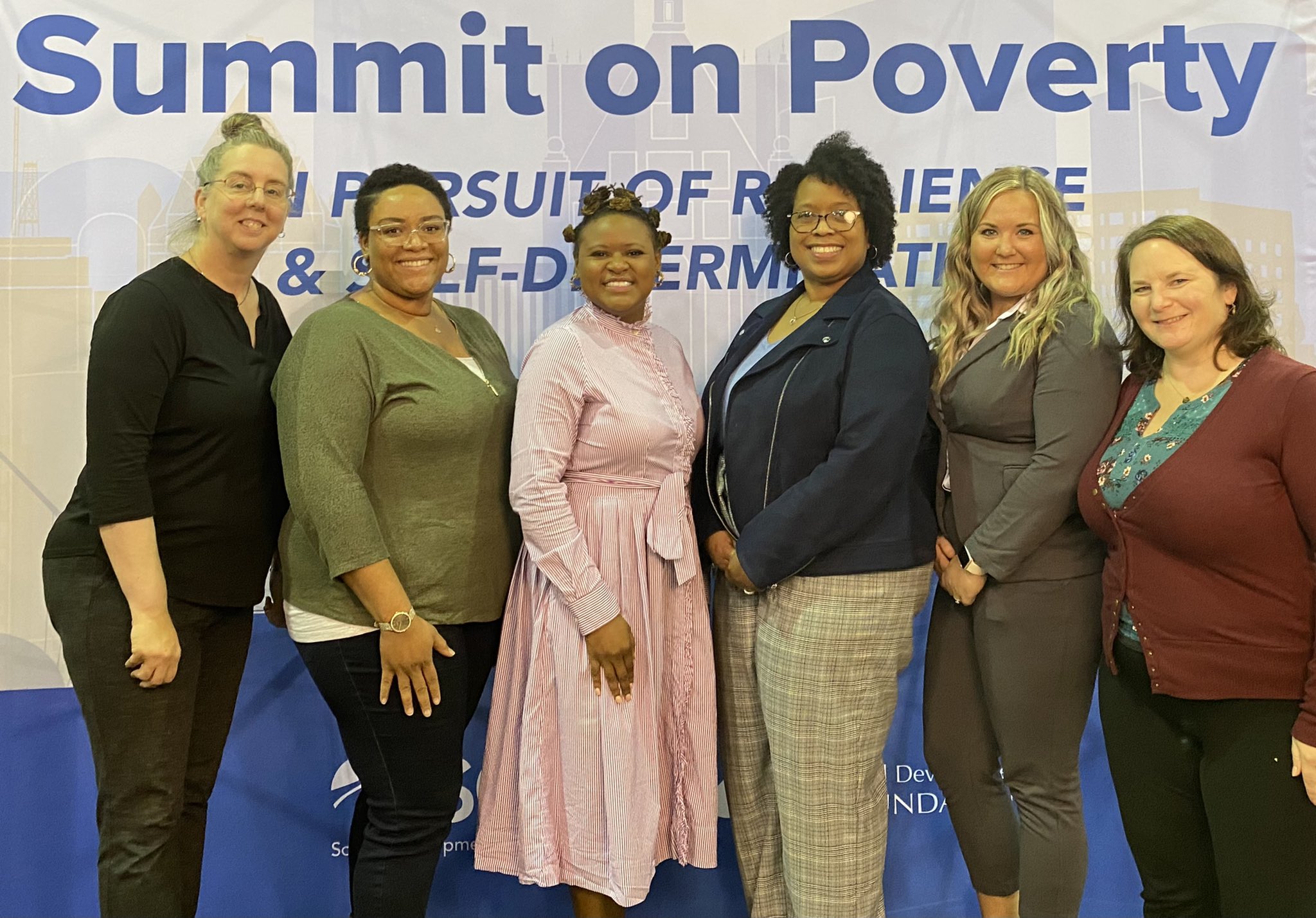Effective Governments For Thriving Communities
FUSE is a national nonprofit dedicated to increasing the capacity of local governments to work more effectively for communities.
We embed private sector executives in city and county agencies to lead projects that improve public services and accelerate systems change.


